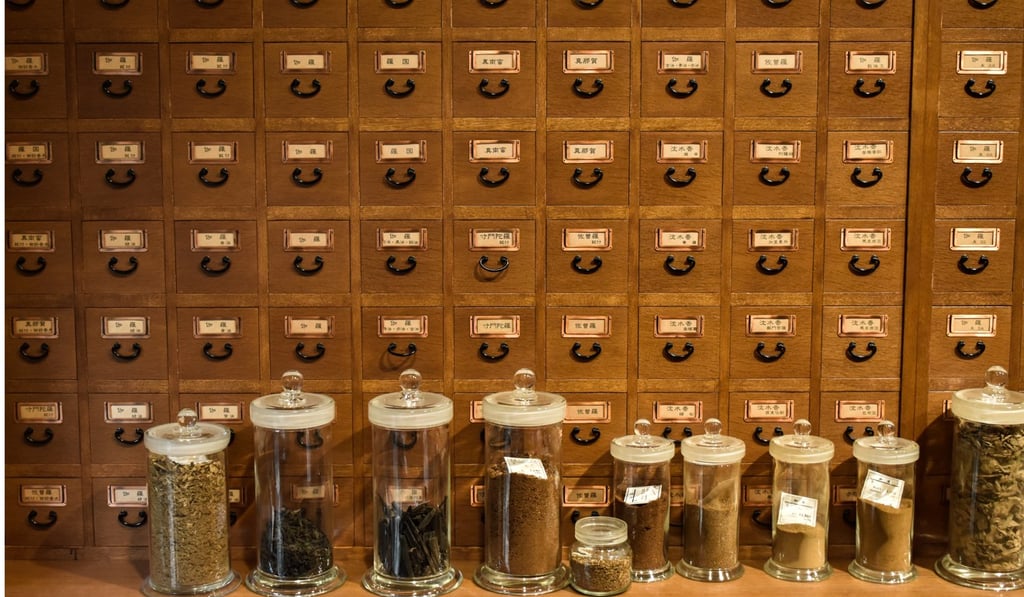Incense listening in Japan: as intricate as a tea ceremony - how you can take part in a session
- Incense listening dates back centuries and involves trying to identify incense by smell alone
- The process is as involved as a Japanese tea ceremony, but with an element of competition, and can still be enjoyed in Kyoto

Incense smoke is a fabric of Japanese traditional ceremonies, so ubiquitous it’s often overlooked. Incense listening is an exercise that focuses on the sensory ambience incense’s delicate aromas create.
The ancient practice is known in Japanese as kodo; the compound ‘do’ in the word means ‘the way of’ appreciating, and is similar to shodo, which is calligraphy, sado (the tea ceremony), and to kado (or ikebana) – the Japanese art of flower arrangement.
Kodo is meditative like the tea ceremony, appreciative like ikebana, and artful like calligraphy, but imbued with an element of competition.
The term “listening” is not a mistranslation; it is a careful description of the practice, which is less a physical act than a metaphorical one – listening to the stories told by the delicate notes of the burning incense.

The process is as involved as the tea ceremony, and as much part of the country’s national identity. But outside Japan, little is known about the practice.
Unlike other experiences targeted at visitors to Japan, it has remained relatively unmodified and uninfluenced by outside cultures and the country’s tourism boom.